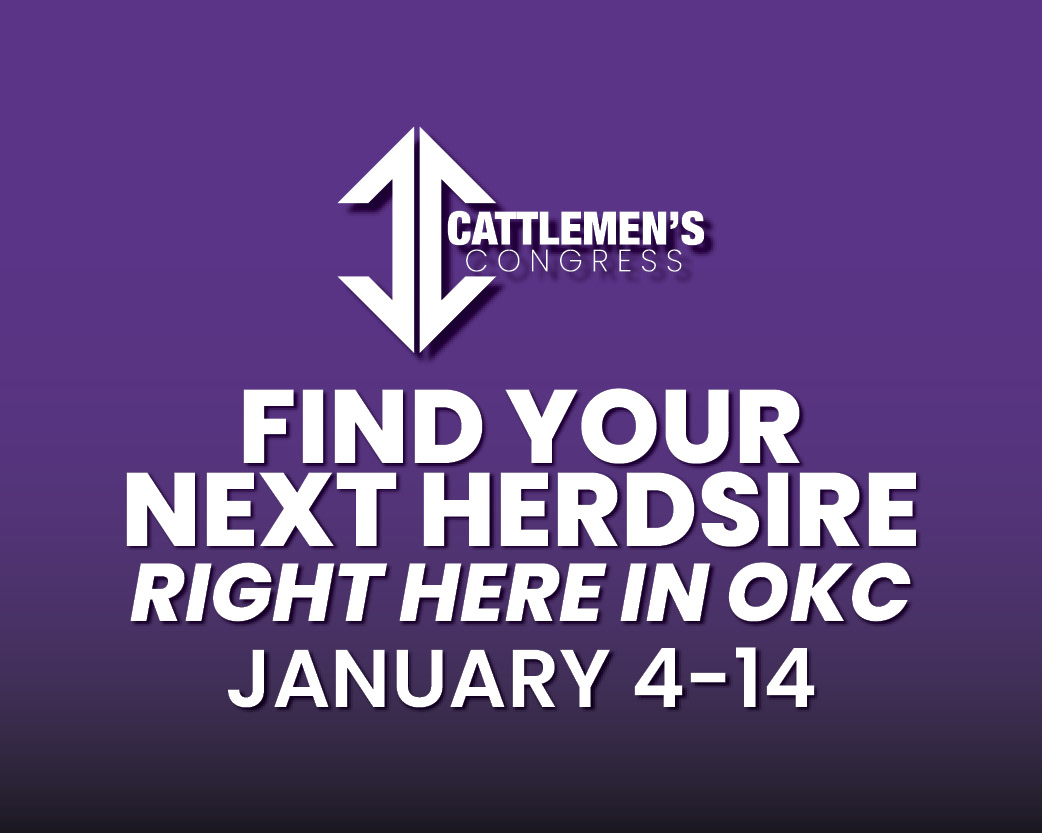
At the Cattle Industry Summer Business Meeting in San Diego, Senior farm and ranch broadcaster Ron Hays spoke with the executive vice president of the Oklahoma Cattlemen’s Association, Michael Kelsey. Our Coverage from San Diego is powered by Farm Data Services of Stillwater.
At the recent cattle industry summer business meetings in San Diego, Michael Kelsey noted that two main topics dominated discussions, one of which was the growing concern over the new world screw worm. “There were two big topics of conversation, one concerning negative, if you will, and that’s the screw worm,” he said. The urgency escalated during the meeting when news broke that the pest had moved further north in Mexico. “While we’re in San Diego, we had developments regarding the movement to Veracruz,” he said, adding that the U.S. is taking this more seriously than Mexico. “It’s not a matter of if, it is a matter of when,” he warned, emphasizing the need for preparation. Kelsey also said regarding the timeline, ” That when is probably sooner than any of us would really like.”
Kelsey detailed the geographic threat, noting how close the infestation is to the U.S. border. “That’s 370 miles from the Rio Grande… about 900 miles from Oklahoma City, it’s just not very far at all,” he said. He addressed questions raised during the meeting, including whether hurricanes could transport the flies. “A hurricane probably really wouldn’t move a fly very much ” Kelsey explained, although he admitted that hurricane-related winds might pose some risk. More concerning, he said, are “wildlife movement, people movement, as well as domestic animal movement.”
One of the most important takeaways, according to Kelsey, came from discussions with Dr. Burke Healey, Senior Leader for Policy and Operations in Ft. Collins, Colorado from APHIS. “The sterile fly technology is excellent and is very reliable,” he affirmed, referring to facilities in South Texas, Mexico, and Panama. However, he pointed out that the USDA’s “top strategy is animal movement,” not just sterilization. “We need to be able to be ready to institute [controls] ourselves,” he said, stressing that cattle movement might need to be strictly regulated, possibly halted altogether if things worsen. “We could get really, really stark and draconian here cattle can’t move at all until ‘fill in the blank’.”
Texas is likely to be the first and hardest hit, Kelsey explained, due to its proximity to the eastern Mexico infestation zones. “It looks like it’s kind of coming up the east side of Mexico,” he said, pointing out that areas like Corpus Christi and Brownsville are geographically vulnerable. “This thing is not just a cattle pest, it’s an animal pest,” he emphasized, calling attention to the broader threat to all livestock. While states like California are further from the source, he said, “Texas is going to set the standard for us.”
Aside from the screw worm, Kelsey said there was also reason to celebrate during the meetings. The passage of the big, beautiful tax bill was met with relief across the cattle industry. “There was a lot for us to celebrate,” he said, especially regarding “estate tax and the whole tax picture in general.” Most notably, Kelsey emphasized, “key to all of that is the permanency of it,” meaning cattle producers won’t have to revisit the issue every election cycle. “That has been critical,” he concluded, closing out a meeting marked by both urgency and optimism.


















